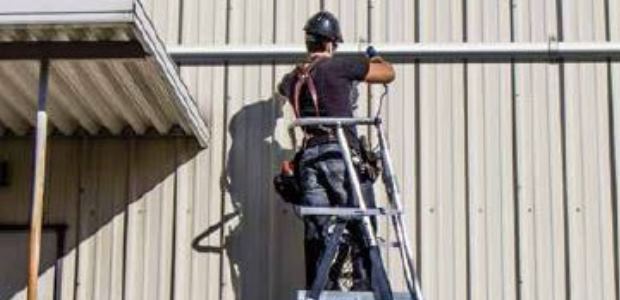Here are a few posts from last week's Greenpage that might be worth your time...
Goodbye, Gofer: New Rules for Internships
Remodeling:
While the government rarely sticks its fingers into employer training
programs (except for things like OSHA-required safety training),
internship programs are a whole different kettle of fish. In fact, as a
result of some recent guidelines published by the U.S. Department of
Labor, a lot of what were previously considered acceptable internship
programs are now flat-out illegal.
How the Lowe's 2x4 Case Has Affected Its Labeling
ProSales Online:
Aside from paying $1.6 million, one of the biggest changes resulting at
Lowe's from what's been called "the 2x4 case" involves changes in how
the big-box dealer labels its building materials. How is that going? To
find out, PROSALES visited the Lowe's store in San Bruno, Calif., on
Nov. 4 and photographed some of the labels in the lumber section. That
visit shows Lowe's already has already begun making adjustments.
Civil Suit Settlement Reached in Death of Camera Assistant Sarah Jones
Below the Line:
“We are all Sarah Jones” and “Never Forget. Never Again” were the
rallying cries earlier this year at a tribute held by local IATSE guilds
for the crew member killed on a location shoot in Georgia. Yesterday
the parents of Sarah Elizabeth Jones, the young camera assistant who
died in a train accident during the filming of Midnight Rider in
January, agreed to settle their civil lawsuit with the film’s director
and producers, according to a statement from the lawyer for the family,
Jeff Harris.
Fall Protection vs. Fall Prevention: A New Approach to Ladders
Occupational Health & Safety:
Every day in the United States of America, two thousand people are
injured while using a ladder. One hundred of those people will
experience a long-term or permanent disability from that injury. And
every day—today, in fact--one person will die from a ladder accident.
For most industrial companies, ladder-related incidents account for the
single largest injury-related expense. The financial burden can be
staggering, but it does not add up to the terrible human cost. What is
the cost to the individual who never works again or to the family of a
lost loved one?
The Fall and (Partial) Rise of the Rural Creative Class
CityLab: Cities and metros power economic growth, and talented and skilled people flow to them.
But what about this country’s nonmetro areas, or its rural regions? How have they fended since the Great Recession? And what has been the role of the rural creative class in their economic recovery?
Department of Agriculture economist Timothy Wojan, who along with David McGranahan wrote one of the pioneering studies of the rural creative class, just released a new study examining how rural areas with larger shares of the creative class performed between 2007 and 2011.
But what about this country’s nonmetro areas, or its rural regions? How have they fended since the Great Recession? And what has been the role of the rural creative class in their economic recovery?
Department of Agriculture economist Timothy Wojan, who along with David McGranahan wrote one of the pioneering studies of the rural creative class, just released a new study examining how rural areas with larger shares of the creative class performed between 2007 and 2011.





No comments:
Post a Comment